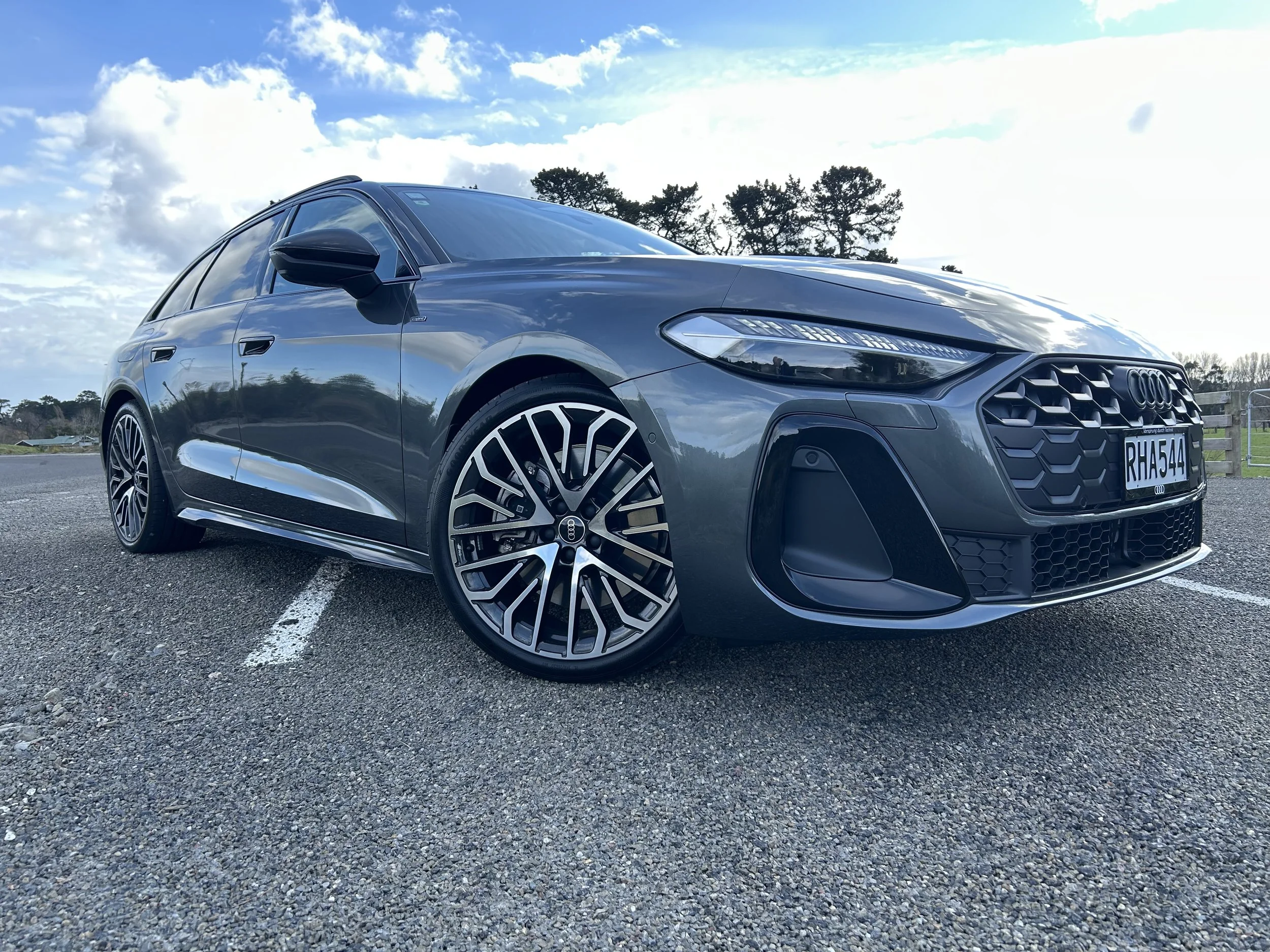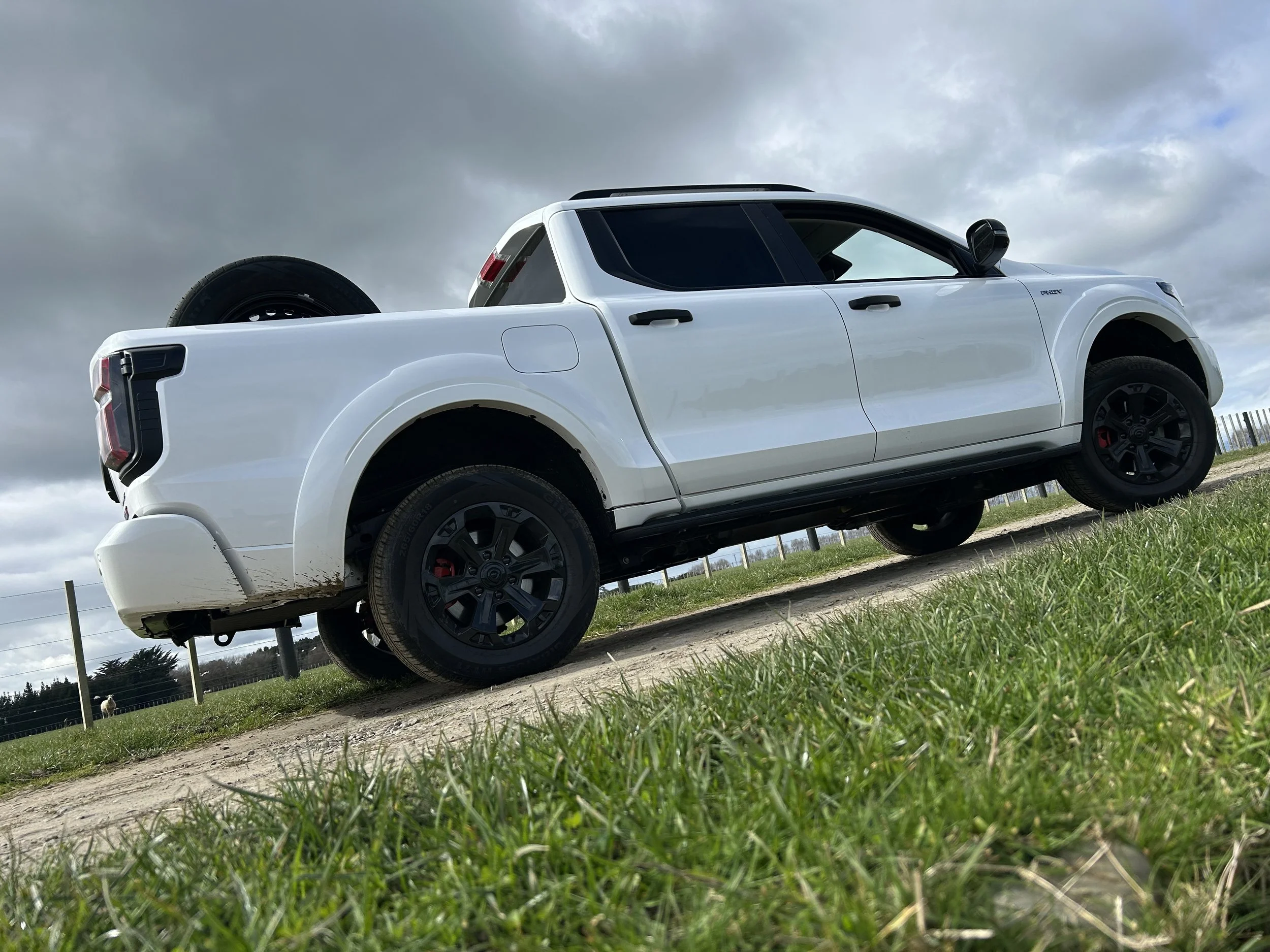Suzuki Swift Sport: Little flame burning hotter
/The new Swift Sport might not be the best small sizzler for staking a claim on Nurburgring record silverware, but there’s every good reason why it should continue as Suzuki’s golden child.
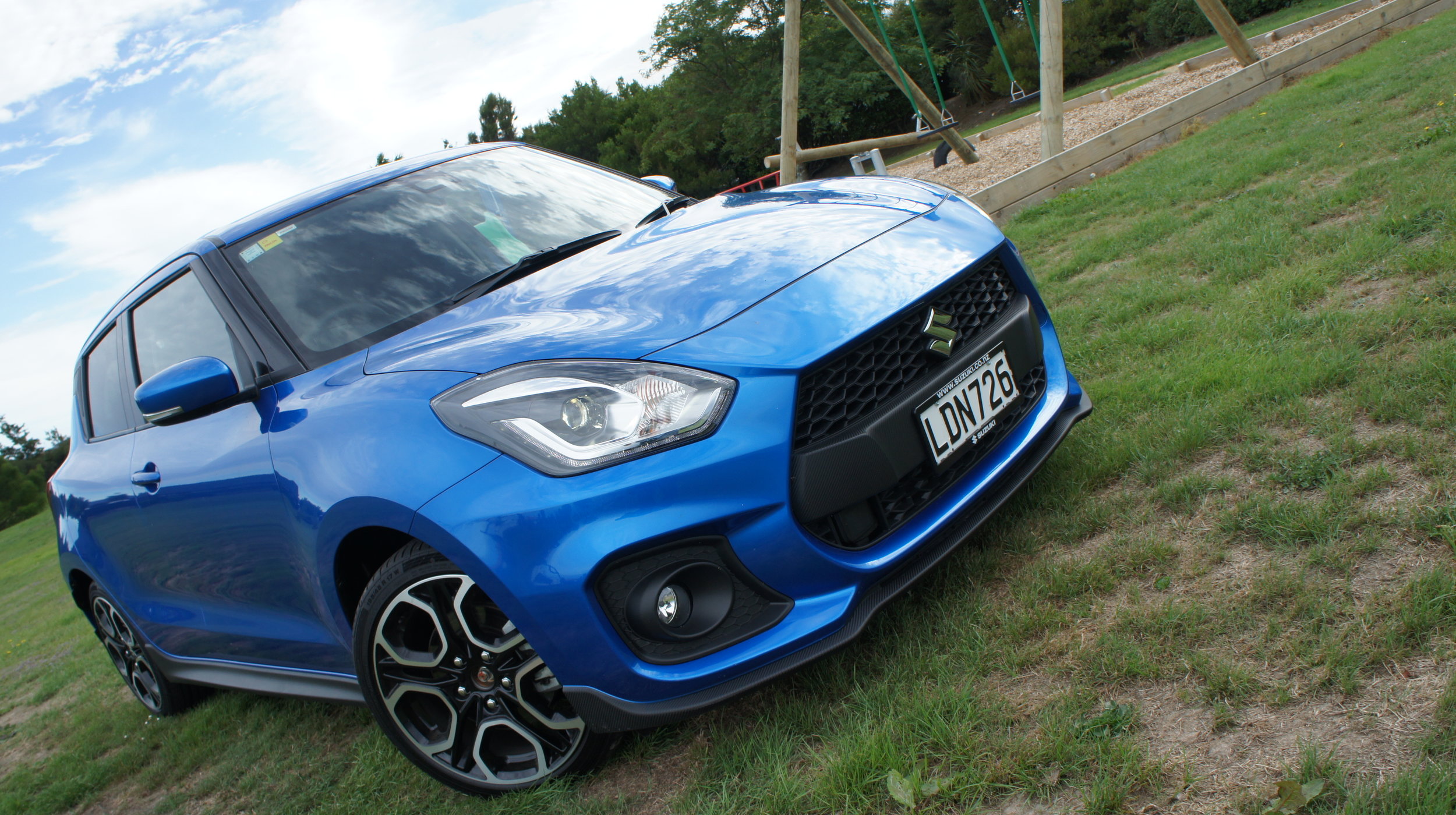
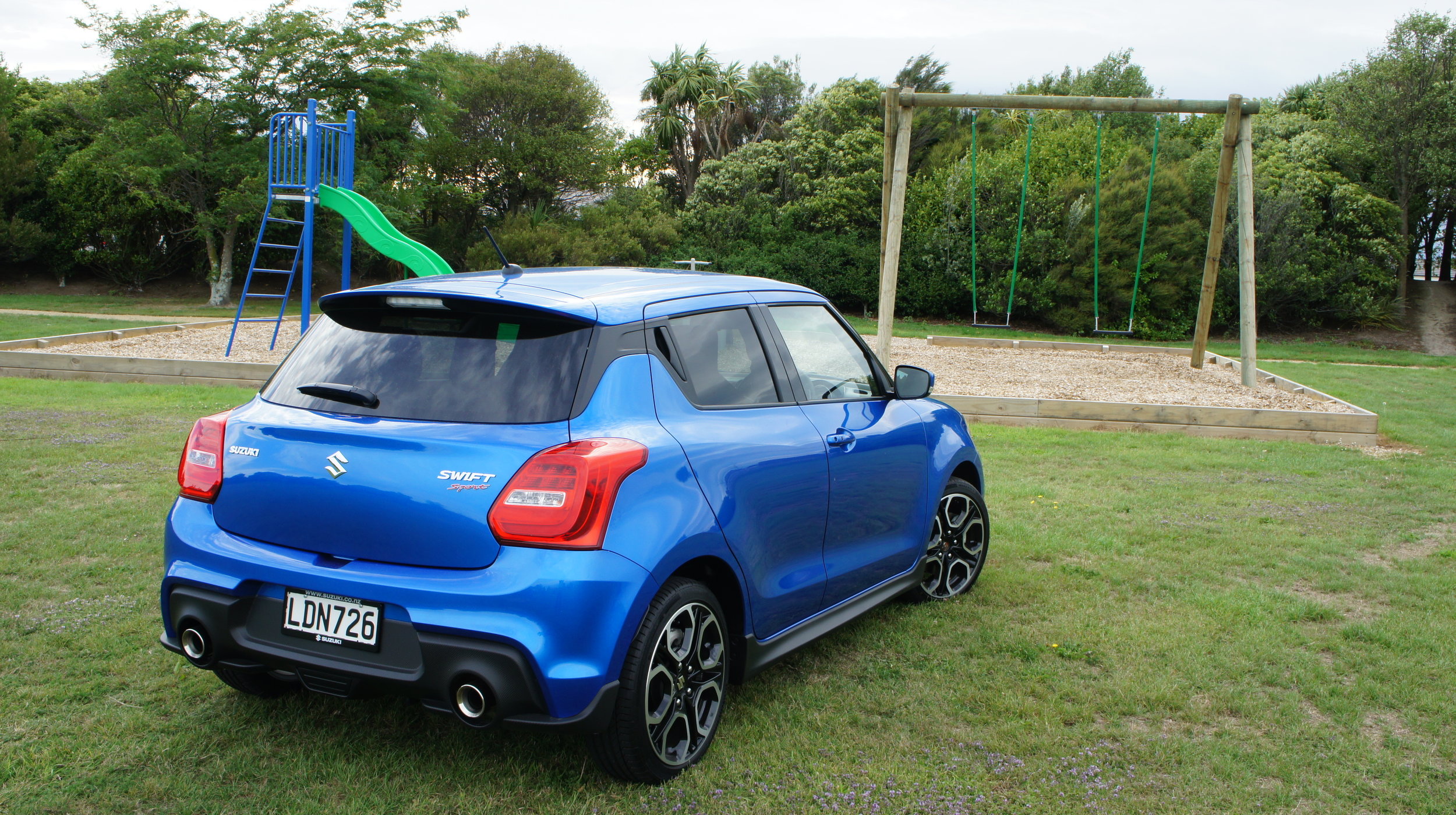
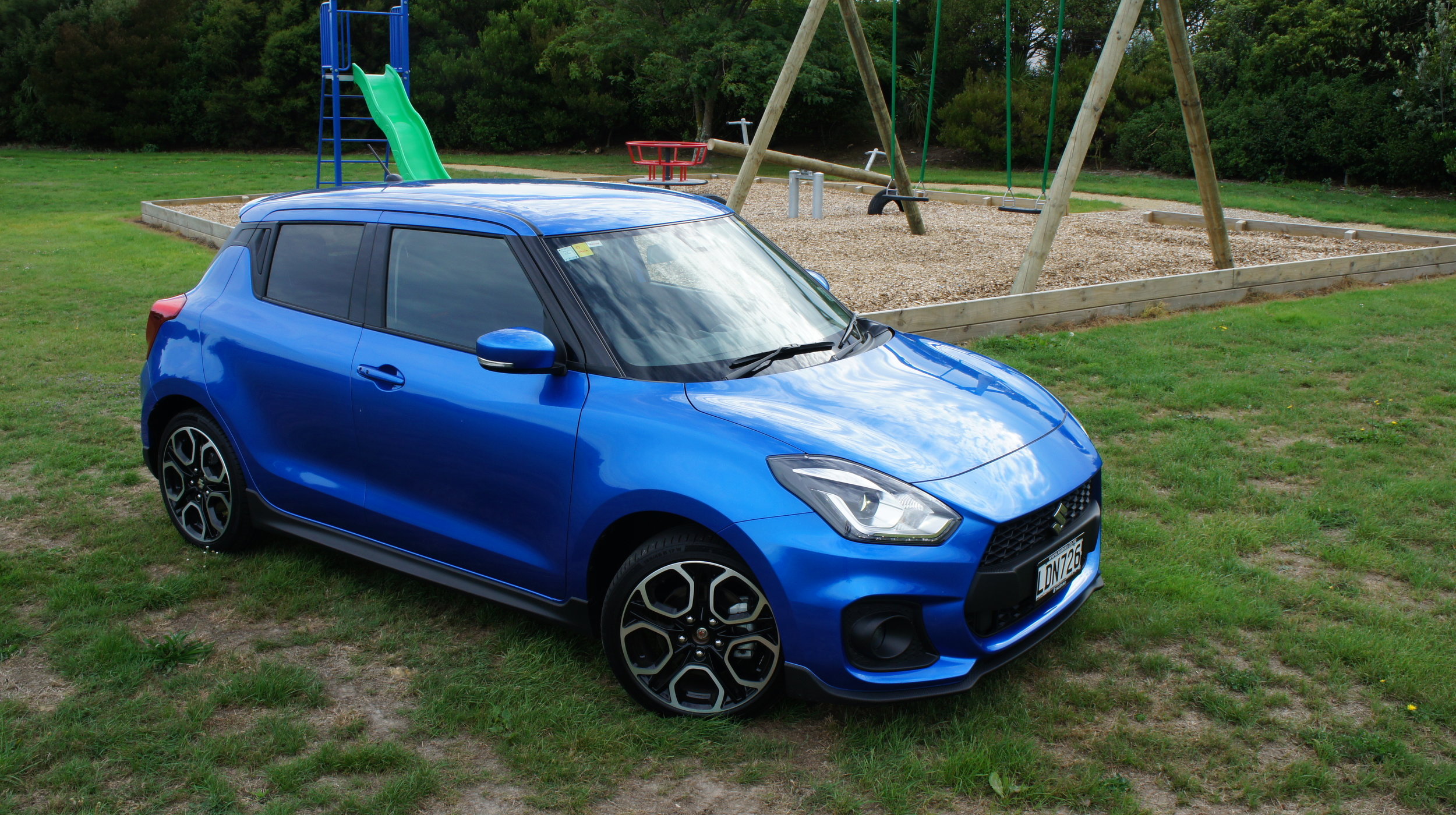
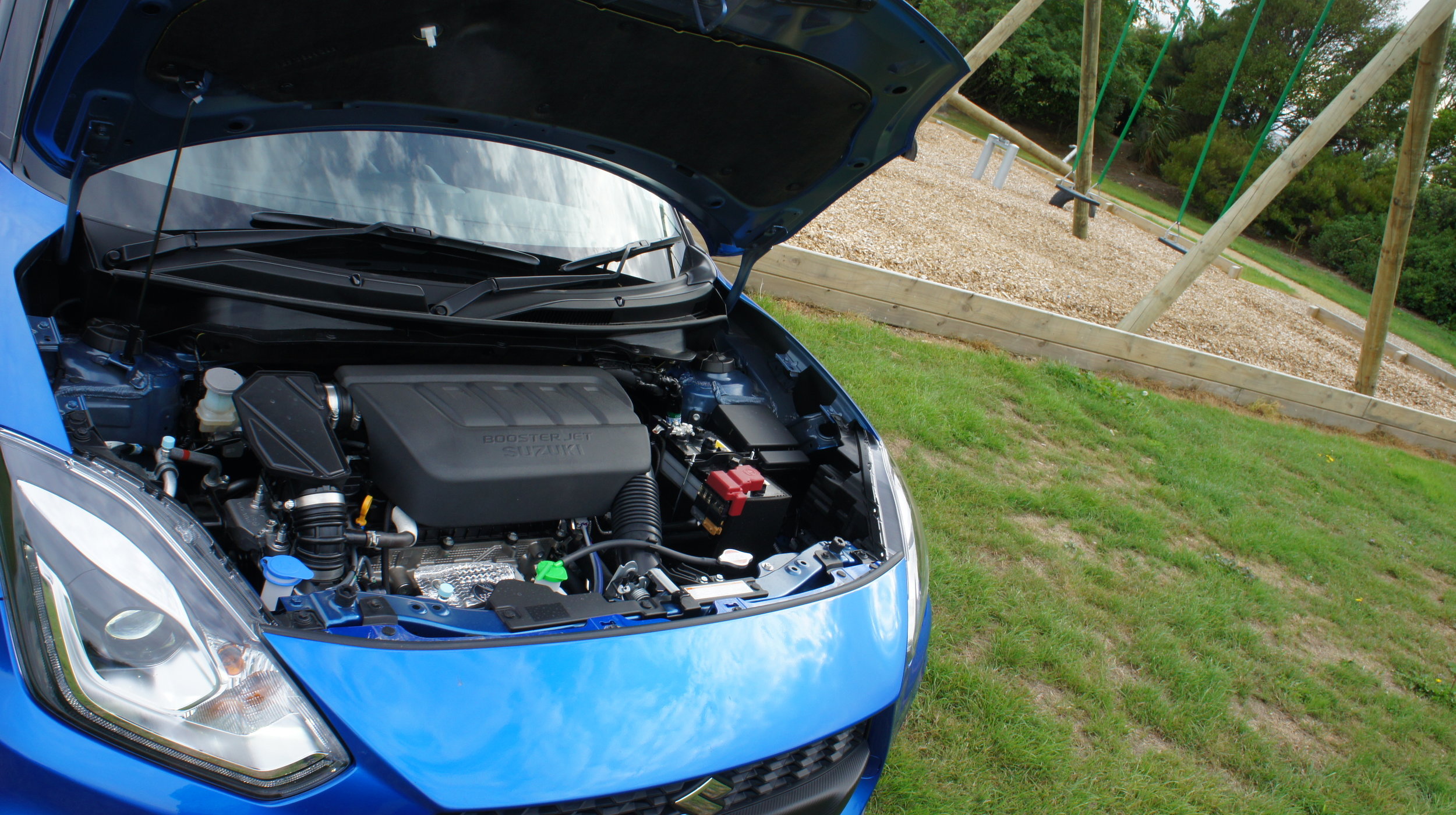

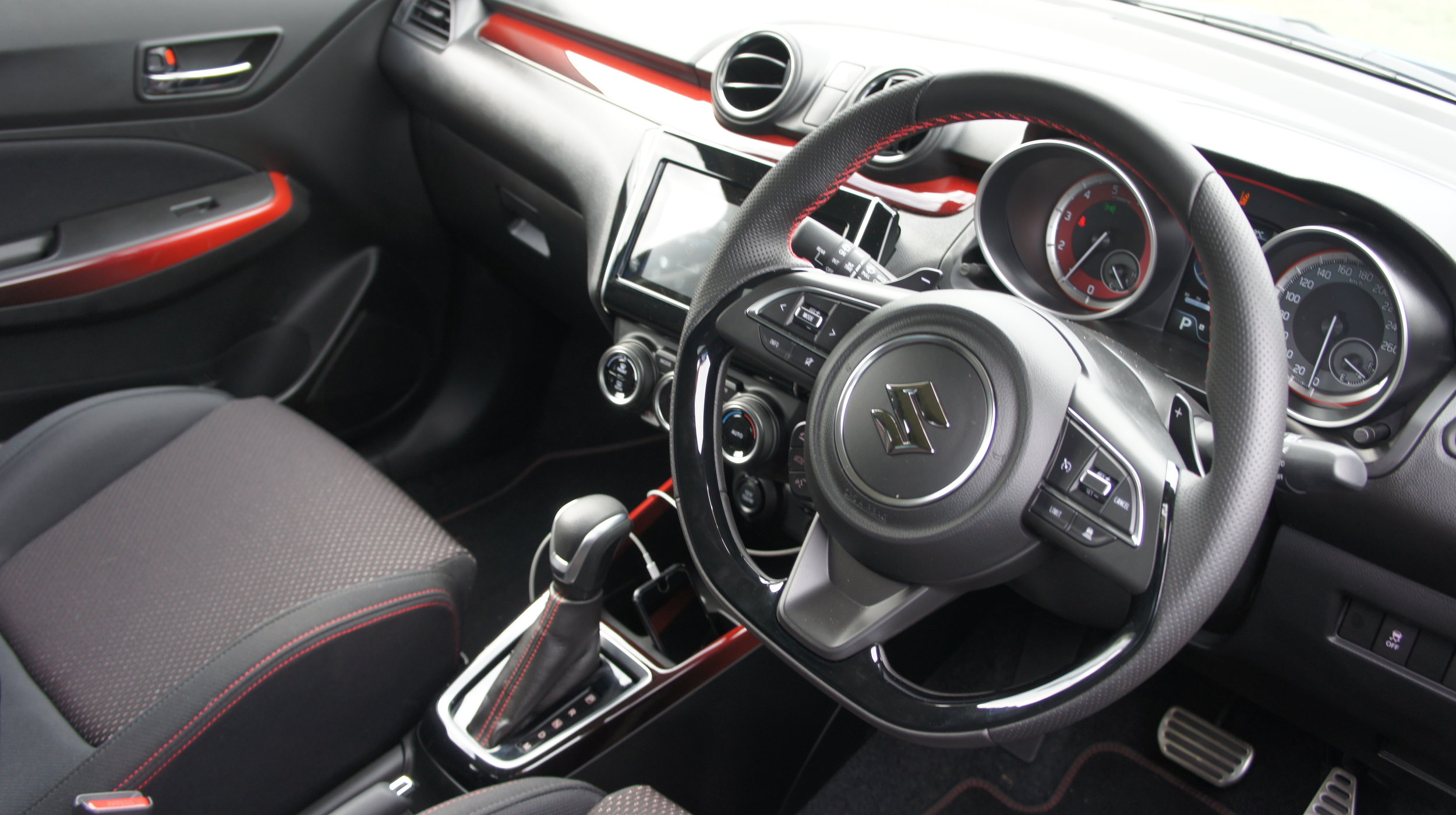
PERHAPS you can hear it …. the faint but distinctive sound of paper and cardboard being torn apart?
It’s just Suzuki ripping up the rule book. Again. Specially being shredded is the chapter in the metaphorical guide to those pocket rockets we like to call hot hatches that dedicates to the importance of implementing outright muscularity at all costs.
Basically, Japan’s biggest maker of small, often hugely personable cars has always thought outside the square on that one.
With its top performance product, the attitude has been this: While proper pep and genuine sporting pedigree is naturally of importance, ultimately it only pays dividends when everything is contained to at a realistic price.
Accordingly, the ethos has been to concentrate on providing verve with value and to avoid the cost imbalance that often arrives with the European alternates.
How do we feel about that? Well, the sales counts says it all. Every year, without fail, the Swift Sport continues to handsomely outpace whatever more exotic and expensive fare happens to set the two titles the Japanese machine has never claimed; a record Nurburgring lap pace and a class-best 0-100kmh time.
Having now driven the latest Sport, it’s hard to see how its enduring status as the best sub-$30k funster ever will not remain untarnished.
Okay, the Sport now barely contains within the $30,000 remit. There’s a cheaper one at $28,500, but the version on test here places just $10 below that boundary line.
Still, it’s pretty decent value given the size of the changes that have occurred to it. Basically, this is a wholly new endeavour: Fresh engine, fresh platform and fresh – though it looks kinda similar – start-again sheet metal, too. More kit, too, including some handy driver assist tech. Not much of this stuff generally comes cheap and, yet, the car still does.
The arrival timing of this budget blast also couldn’t be better. Other brands operating in the sizzler supermini sphere are set to make their moves soon; Suzuki’s will be nicely entrenched by the time we see an all-new Volkswagen Polo GTI and the Ford Fiesta ST redesign.
The Sport that conceivably best meets the challenges those models lay down is the one I’m not driving; yet it’s nonetheless the one most of you will prefer. It’s the automatic. This has been the version that, in past form, was more rewarding to Suzuki’s bottom line than to the driving experience, but maybe that’s about to change, simply because the transmission has.
In the previous line, the ‘auto’ was that most hateful thing, a constantly variable transmission. That is, a gearbox without gears. Fortunately, now Suzuki has come right and lost that seven-speed stepped mundanity for a six-speed automatic that actually allows driver interaction, at least to a degree.
The trick to getting the best from the auto means running it in what Suzuki deems a manual mode. It’s not really that, because ultimately the box will still override inputs near the 6500rpm redline and upshift, and also forbids you aggressively grabbing a low gear if the engine speeds are deemed too high, rather than risk ruination.
Even so, nudging the stick down a click into M will become second nature for those wanting the car to be at its perkiest. Actually, those not keen on that kind of driving might find themselves doing so in error anyway from time to time because there’s no détente to inhibit a mis-hit.
Ultimately, those who buy into the Sport for thrills will still want to go the manual – it just offers more engagement still. Yet, until or unless Suzuki gains access to a direct shift gearbox (which ironically, it might well have had by now if a potential union with Volkswagen not turned bad) this tranny is as good as it gets.
For all its restrictions it at least it allows for truer sense of connection with the powertrain and, otherwise, delivers all the convenience you’d desire from a self-shifter; being smooth and easy for sedate driving.
The quite cool thing about the Sport, now, is that while it maintains the traditional optimal zippiness, it also inherently feels more relaxed and grown up, because the powerplant is so different. Don’t think me mechanically unsympathetic, but thrashing the daylights out of the previous naturally-aspirated engines was the only way to fully access their quite narrow, stratospheric power bands.
Suzuki engines are so famously unburstable it is quite probable the new mill, plucked from the Vitara soft-roader, can quite probably sustain that kind of give-it-death punishment, too, yet it doesn’t need to be hammered ultra-hard to give up its goodness.
That’s because there’s a turbo involved. This changes the power and torque outputs – more the latter than the former, because all in all the 230Nm result is more impressive than the 103kW - and how they deliver considerably. Even though the torque range is quite narrow on paper, between 2500-3000rpm only, and peak power only finally hits at 5500rpm, there’s a sense of it having a much wider muscularity (yes, a word not often used with previous editions). Enough at least to allow the Swift Sport to be something it has never previously been: A quite relaxed operator at 100kmh. Were you ready for that? And, yet, it still pulls away reasonably strongly even in top gear at that speed. Were you ready for that, also??
This additional attribute has rather broadened the character of the car, but I don’t mind. It actually feels more flexible in its accelerative response now, and quicker off the mark, though within reason. We’re not talking rocket propulsion here. There’s certainly more shove, but with 0-100kmh in eight seconds flat, it’s nippy rather than flat out nasty in respect to step off, so it even though it is better equipped for overtaking and climbing steep hills, it could probably cope with having the extra oomph that VW, Ford and the others mete their own equivalents.
Still, the one thing the Swift has going for it is weight. Or, rather, the lack thereof. The new gen tips the scales at just 970 kilograms for the manual and 990kg for the auto – either way, that’s 80kg (or one average bloke) lighter than the old model – so the torque to weight ratio (4.2kg/Nm) is pretty decent.
Don’t take the fact that the doors close with a bit of a clang as evidence that all they’ve done is cut bits out without consideration to outright strength. Suzuki’s assurance that the shell itself has more integrity than previously seems to be abetted not just by an optimum crash test result by also the lack of creaks, flex or rattles when it’s hammered over chunky roads. So, yeah, light really does seem to be right.
Without doubt, the car’s stiffness leaves the Sport all the better conceived for what it likes most; being chucked into the environment all hot hatches surely crave - challenging roads that undulate and crest and abound with in tight twisties, ruts and off-camber nasties.
The regular Swift is quite adept in those conditions yet the Sport – with bigger, gripper 17-inch tyres, better-biting brakes and more complex suspension, firmer tuning - quite tucks and nips with greater authority.
In saying that, it’s not quite as well sorted as the best Euro hot hatches; even though the Fiesta is now quite dated, the last time I drove one I could not help but be stunned by how natural the steering and the balance felt. The Swift isn’t quite at that level, yet. The wheel feel is still a touch remote and there’s something going on with the ride that isn’t quite right.
Obviously, it’s firm – all cars of this ilk are – so, accordingly, it jiggles about quite a lot. Yet the fidgeting is such that, sometimes, it has a hard time holding a straight line, which is an issue some rivals appear to have overcome.
Still, take all the above with a grain of salt; the thoughts of someone taking an especially purist line. If you’re less of an absolute connoisseur and just expect to have fun and achieve a high level of involvement, then there’s no reason why this shouldn’t be on your very short list. It’s a perky, pugnacious and plucky plaything. To the point where it’ll even cock an inside rear wheel through a corner if you try hard enough.
The Sport’s cheekiness spreads to how it presents. The regular edition has lots of youthful exuberance, but it looks cherubic. This one adds a feral edge to that air of innocence. It’s the wee baby that bites.
The aggressively styled front bumper and grille – the nose of it sticks out quite a bit more than the regular model – the LED daytime running lights and headlights, honeycomb grille finish, rear spoiler, twin exhaust pipes and a blackened carbon-fibre-look body kit that visually draws the shape closer to the tarmac add to the appeal. They all add muscle. And, of course, you can expect high take-up of the bright yellow hero colour. It just looks so good.
The cabin is given extra zing with addition of some red highlights: There are splashes on the doors and the dash, more across the 'semi-bucket' sports seats, the flat-bottomed steering wheel has red stitching, and there's red on the gearshift boot and surround, too. A more affluent brand might code to the exterior colour, ands I'd agree it'ds look better for it. They’d also have discarded the hard plastics across the dash and doors. Another annoyance? There's still no volume control knob, but the steering wheel features a toggle for the driver. But, hey, under $30k, remember?
There are also red instrument dials with a digital driver information display in between with a boost meter, oil temperature gauge, and g-force meter. One omission is that there’s no digital speedo – something that every any warm-to-hot hatch now needs in these times when a few kays over can cost – but you do get a nice media screen with Apple CarPlay (it’s a cinch to engage) Android Auto (weird, couldn’t do synch a neighbour’s Samsung), a reversing camera, Bluetooth phone and audio streaming and a single USB port.
While the Swift has grown, it's still pretty petite, even with a 20mm longer wheelbase than the old one. That translates to improved cabin room, but it’s still a car that treats front seat occupants a lot better than those in the back, not simply because head and legroom back there is a bit tight, but also because the back seat is quite flat. The dual ISOFIX child seat anchors and three top-tether points will appeal to family buyers, the boot size less so: The 265 litre capacity, though 55 litres up on before, it still pretty tight. The oddment space is still also a bit mean-minded: An open bin with cup holders between the front seats rather than a centre armrest or console. There’s no flip-down armrest with cupholders in the second row, either, and just a single map pocket.
Whinging? Nah. The Swift has sound ergonomics, intuitive switchgear placement, easy controls and a decent driving position – those sports seats are good, too – and, even if it lapsed there as well, you’d still think it a hard car to pass up.
It’s still the consummate value hot hatch.













